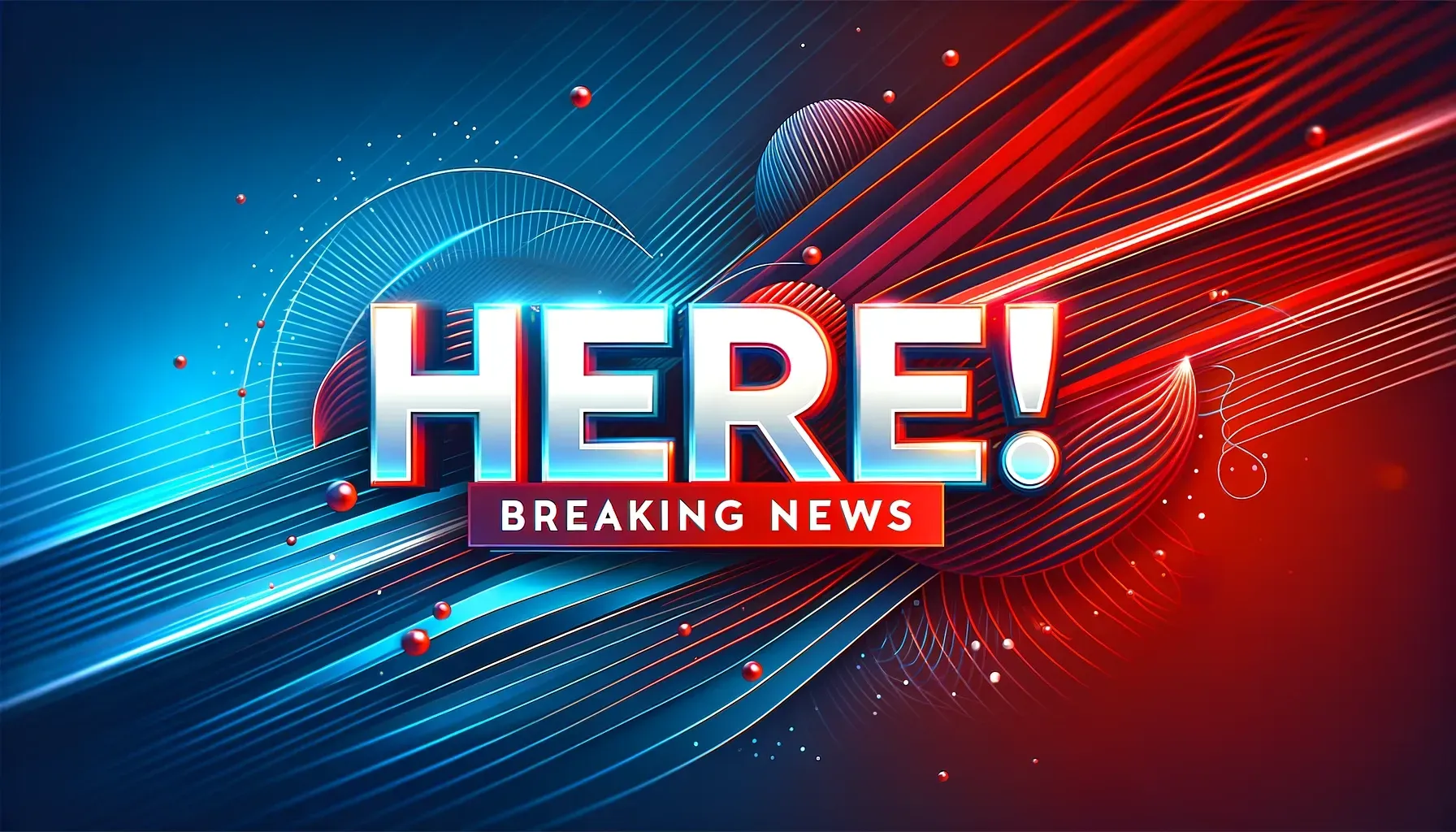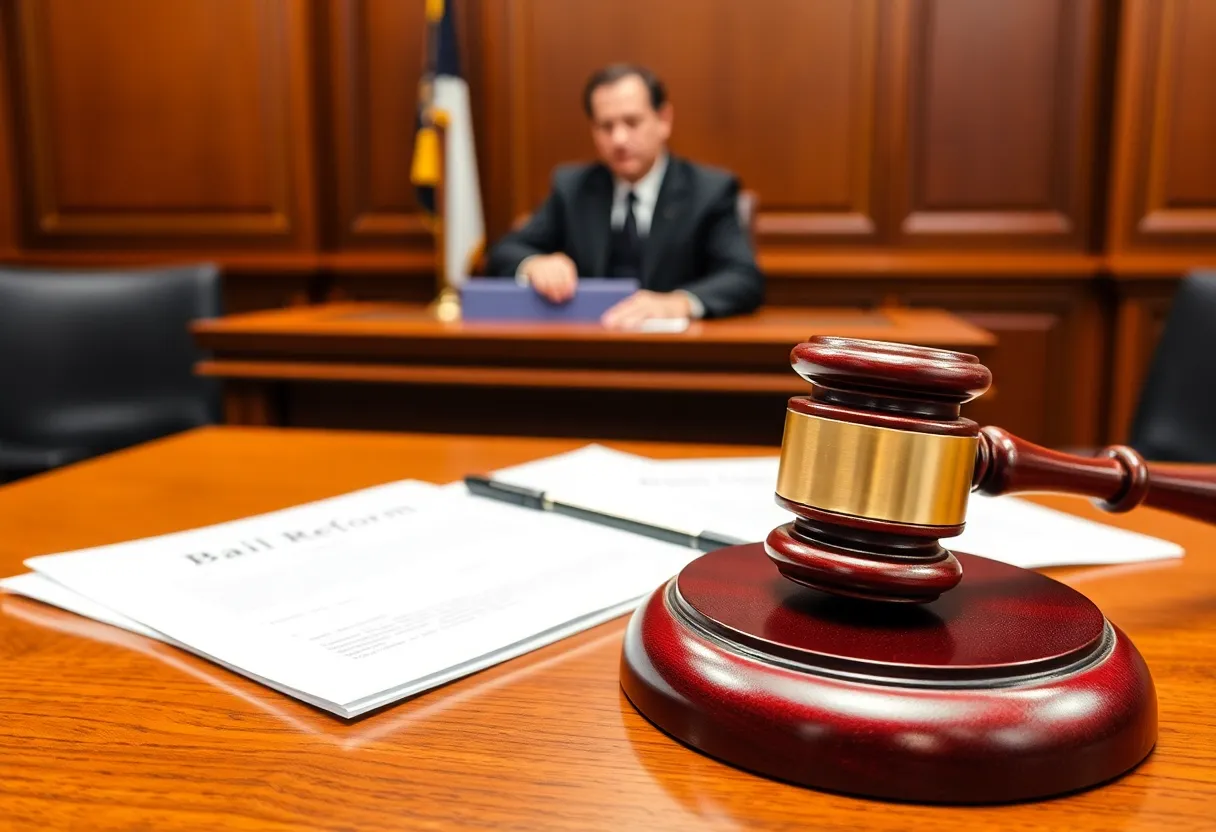News Summary
President Donald Trump has signed an executive order aimed at states with cashless bail policies, threatening to cut federal funding. The order challenges the concept of cashless bail and has drawn responses from state officials, particularly in New York, where Governor Kathy Hochul disputes Trump’s claims. The order mentions serious offenses still warranting bail and has sparked debate over the impact of bail reforms on crime rates. Legal experts question the enforceability of the order, while the financial implications for states receiving significant federal funding could be severe.
New York – On August 25, 2025, President Donald Trump signed an executive order directed at states that have adopted “cashless bail” policies, effectively threatening to cut federal funding for those states. The executive order targets states that have significantly reduced or eliminated cash bail as part of their pretrial release systems.
The term “cashless bail” has been criticized for being a misleading and ambiguous term, as the concept of bail itself continues to involve a monetary component. In response to Trump’s executive order, Governor Kathy Hochul of New York stated that the state does not have “cashless bail,” countering the president’s claims and emphasizing the existing structure around bail in New York courts.
Trump’s executive action directs U.S. Attorney General Pam Bondi to identify states that have removed cash bail as a condition for pretrial release for crimes considered public safety threats. The order specifically mentions violent crimes, sexual offenses, indecent acts, burglary, looting, and vandalism among those offenses that should still warrant bail. However, New York’s bail laws, recently amended under Governor Hochul, still allow judges the discretion to set bail for serious offenses, underlining contradictions between the state laws and the claims made in the executive order.
Before the implementation of the 2020 bail reforms, New York had expanded the list of crimes eligible for bail, attempting to address criticisms of its previous bail policies. Critics of the new reforms argue that changes to bail laws have contributed to rising crime rates, citing concerns that offenders may commit additional crimes while awaiting trial. An ongoing debate among researchers and criminal justice reform experts centers on the balance between the need for reform—meant to aid low-risk individuals unable to pay bail—and the need for public safety.
A 2023 study found minimal effects of bail reform on overall re-arrest rates, suggesting the need for scrutiny of narratives that link cash bail reform to increased crime levels. In contrast, critics maintain that reform measures have made it easier for offenders to re-offend while out on bail. Trump’s executive order could lead to potential litigation against the federal government, particularly if states like New York encounter significant funding cuts as a result.
Recent fiscal records indicate that New York received approximately $97 billion in federal funds in the preceding year, making any cuts particularly detrimental to state finances. Additionally, Illinois and New Jersey are identified as states that similarly moved toward eliminating cash bail, thereby placing these jurisdictions under increased pressure to reassess their bail policies in light of the executive order.
The public perception of rising crime, with Trump’s remarks linking it to cashless bail, raises questions about the relationship between bail policies and criminal activity, though he has not provided substantial evidence to support his claims. Legal experts contend that the vagueness of the executive order may limit its effectiveness in enforceability, and its actual impact on state bail reforms remains uncertain.
Time will reveal whether state lawmakers will yield to the pressures exerted by Trump regarding cash bail or maintain their reform efforts. Furthermore, a 2024 report from Loyola University concluded that Illinois has not seen significant increases in crime since the implementation of its cashless bail policy, indicating that the correlation between bail reform and crime rates may not be straightforward.
Policing and justice reform advocates continue to urge states to uphold their bail reform initiatives despite pressures from federal authorities. As the conversation around cash bail evolves, the implications of Trump’s order on the landscape of criminal justice reform remain to be fully realized.
Deeper Dive: News & Info About This Topic
- Gothamist: Trump’s Cashless Bail Executive Order and New York
- Wikipedia: Cash Bail
- CBS News: Future of Cashless Bail in Illinois
- Google Search: Cash Bail Reform
- Washington Post: Cashless Bail, Trump Executive Order, and DC Crime
- Google Scholar: Bail Reform
- News3LV: Trump’s Executive Order and Nevada’s Bail Reforms
- Encyclopedia Britannica: Bail Reform
- ABC7 Chicago: What to Know About Cashless Bail and Trump’s Executive Order
- Google News: Cashless Bail Executive Order

Author: STAFF HERE NEW YORK WRITER
The NEW YORK STAFF WRITER represents the experienced team at HERENewYork.com, your go-to source for actionable local news and information in New York, the five boroughs, and beyond. Specializing in "news you can use," we cover essential topics like product reviews for personal and business needs, local business directories, politics, real estate trends, neighborhood insights, and state news affecting the area—with deep expertise drawn from years of dedicated reporting and strong community input, including local press releases and business updates. We deliver top reporting on high-value events such as New York Fashion Week, Macy's Thanksgiving Day Parade, and Tribeca Film Festival. Our coverage extends to key organizations like the Greater New York Chamber of Commerce and United Way of New York, plus leading businesses in finance and media that power the local economy such as JPMorgan Chase, Goldman Sachs, and Bloomberg. As part of the broader HERE network, including HEREBuffalo.com, we provide comprehensive, credible insights into New York's dynamic landscape.





